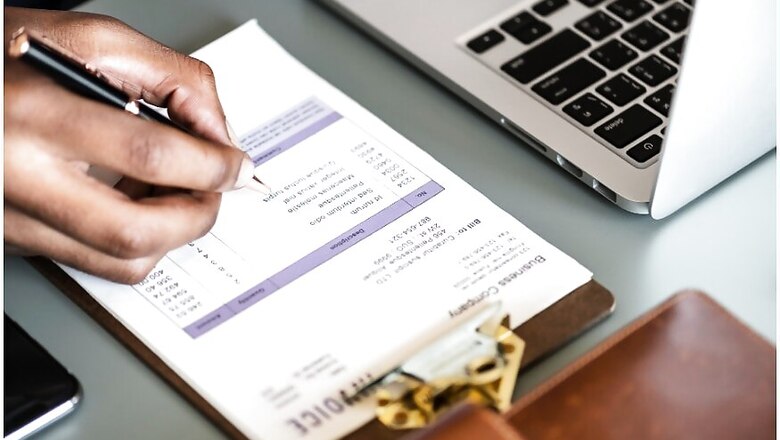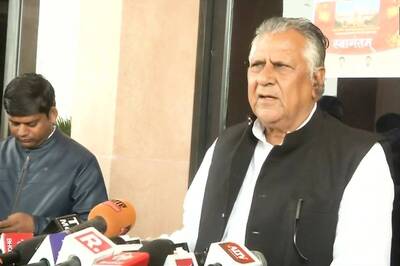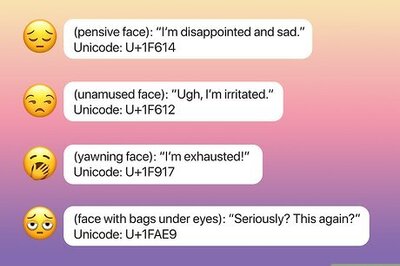
views
Gratuity is a benefit provided by an employer to an employee as a token of thanks for the services rendered to the organization. It is paid at the time of retirement, or after resignation only if the employee has completed five years of continuous services at the organization. However, the five-year rule can be relaxed in extreme cases of death of an employee or physical disability due to an accident or disease.
The benefit of gratuity is made mandatory by the Payment of Gratuity Act, 1972 in recognition of employee’s years of service in the organization. However, the Act has categorised employees under the following two categories, with different rules and calculation formula for the gratuity amount:
Category 1: Employees covered under the Payment of Gratuity Act, 1972
Category 2: Employees not covered under the Payment of Gratuity Act, 1972
An employee is covered under the Act if the organisation he/she is working for has employed at least 10 persons on any single day in the preceding 12 months. Also, once an organisation comes under the purview of the Gratuity Act, it will always remain covered even if the number of employees falls below 10.
CATEGORY 1 EMPLOYEES: Now, the gratuity amount depends on two key factors: the last drawn salary and years of service. For Category 1 employees, the gratuity amount is calculated according to the following formula:
Gratuity = Last drawn salary x number of completed years of service x 15/26
Here, last drawn salary means the sum of basic monthly salary, dearness allowance and any commission received on sales, while 15/26 represents 15 days out of 26 working days in a month. Also, years of service are rounded down to the nearest full year. For e.g., If the employee has a total service of 6 years and 10 months, he/she will receive gratuity for 7 years, but if it is 6 years 5 months, then the tenure will be taken as 6 years.
CATEGORY 2 EMPLOYEES: Employees can be paid a gratuity even if the organization is not covered under the Act. However, in this case, the number of working days in a month changes to 30 days instead of 26 days. So the formula also changes to:
Gratuity = Last drawn salary x number of completed years of service x 15/30
Also, the number of years of service in this case is calculated on the basis of each completed year. So, even if an employee has worked with a company for 6 years and 10 months, his/her tenure will be taken as 6 and not 7.
GRATUITY CALCULATION IN CASE OF RETIREMENT
As per the government's pensioner website, the gratuity amount in case of retirement is based on one-fourth of one month’s basic pay plus dearness allowance drawn before retirement for each completed six monthly period of a qualifying service. The retirement gratuity payable is 16 times the basic pay subject to maximum of Rs 20 lakh.
GRATUITY CALCULATION IN CASE OF DEATH
In case of the death of an employee, he/she will get a gratuity amount based on the length of the service they provided. Below is the calculation criteria for such cases:
— Less than one year of service: 2 times of basic pay
— One year or more but less than 5 years of service: 6 times of basic pay
— 5 years or more but less than 11 years of service: 12 times of basic pay
— 11 years or more but less than 20 years of service: 20 times of basic pay
— 20 years or more of service: Half of emoluments (salary) for every completed 6 monthly period subject to maximum of 33 times of emoluments



















Comments
0 comment